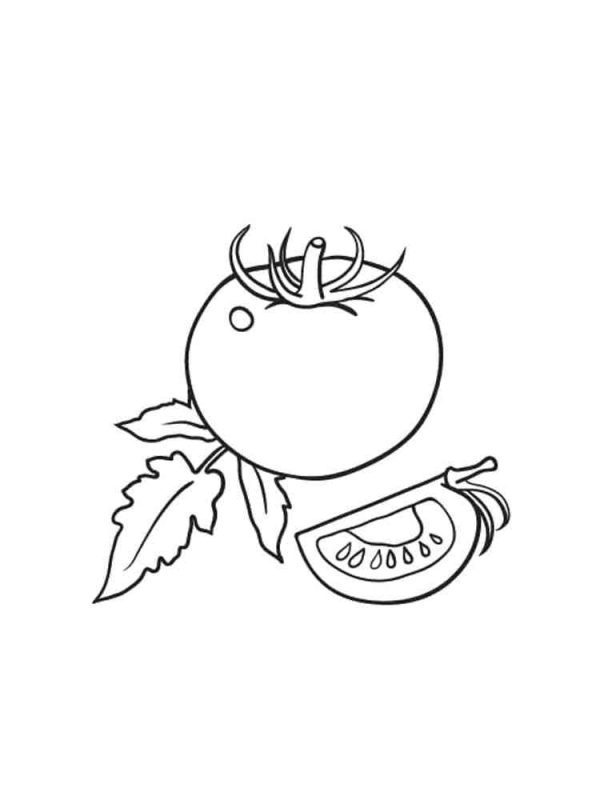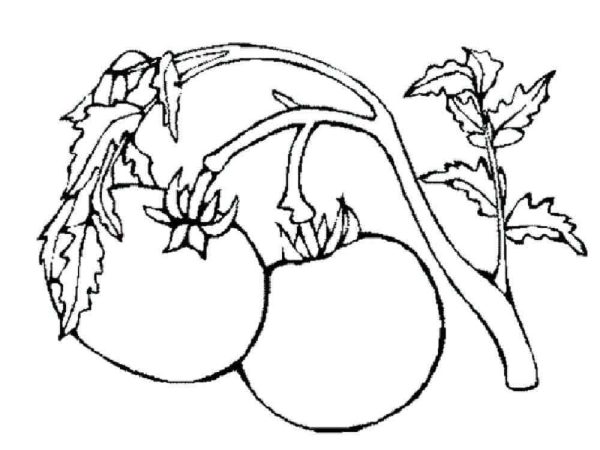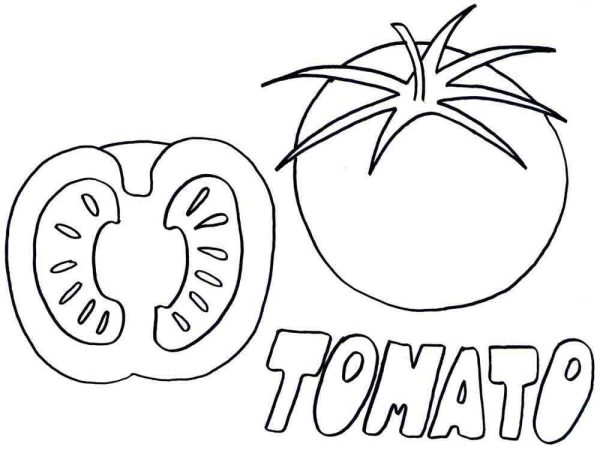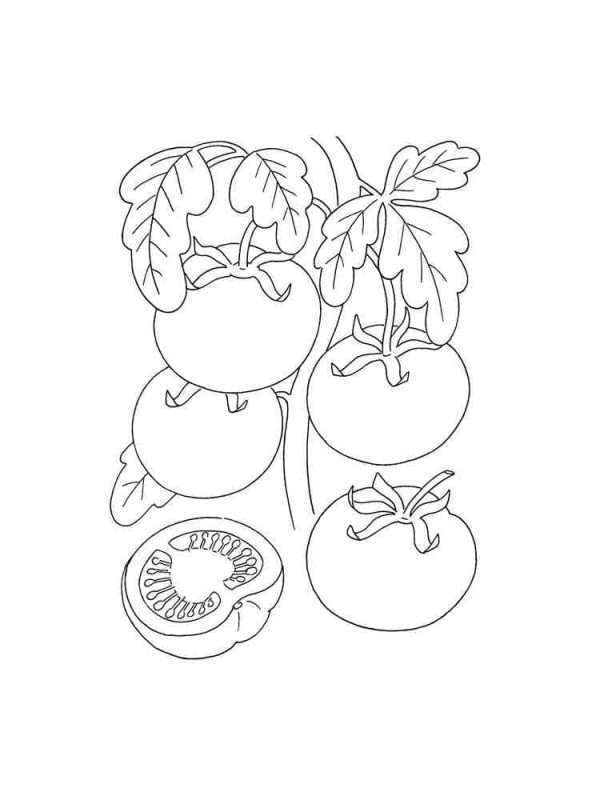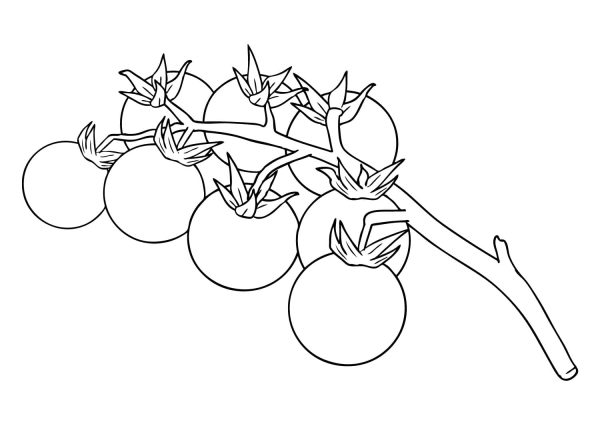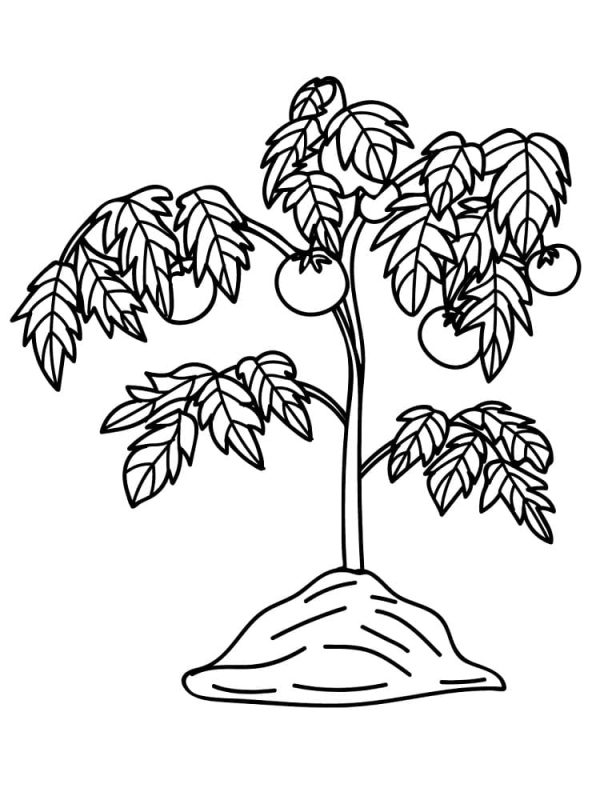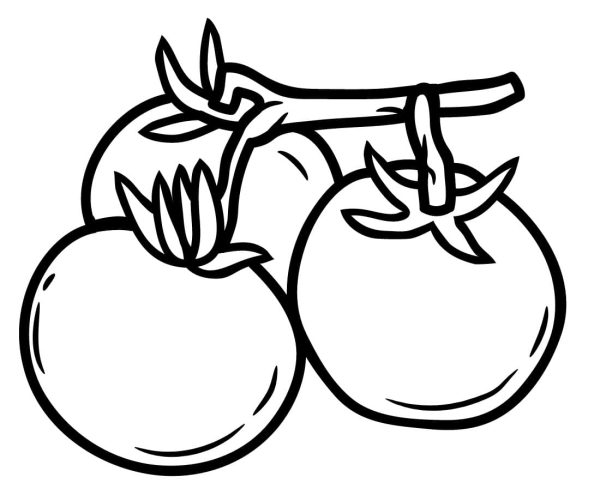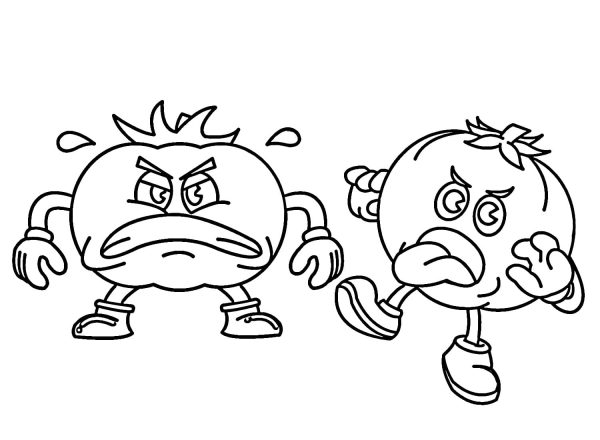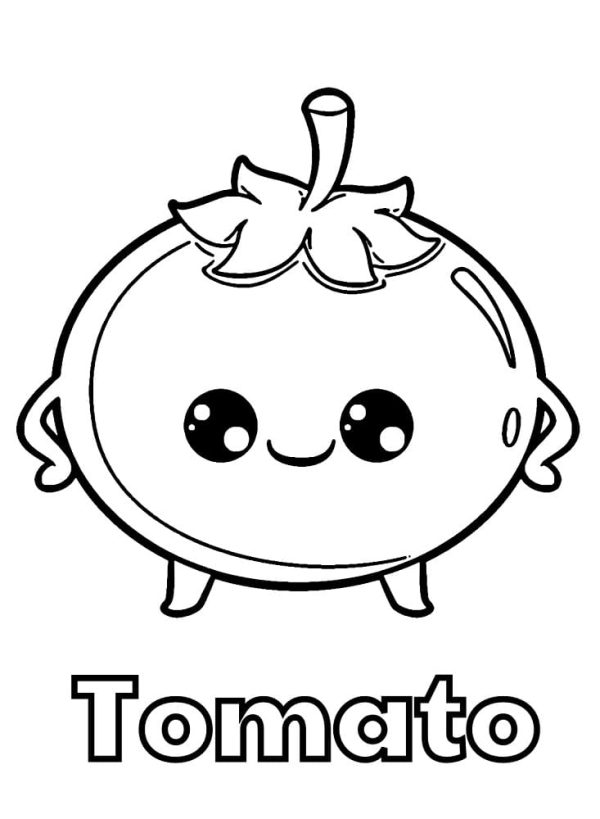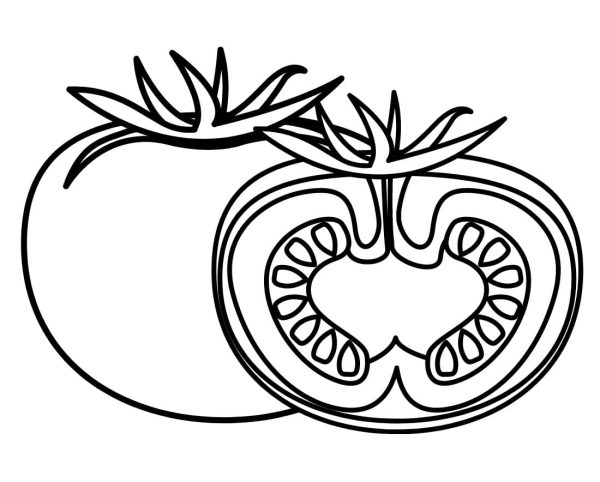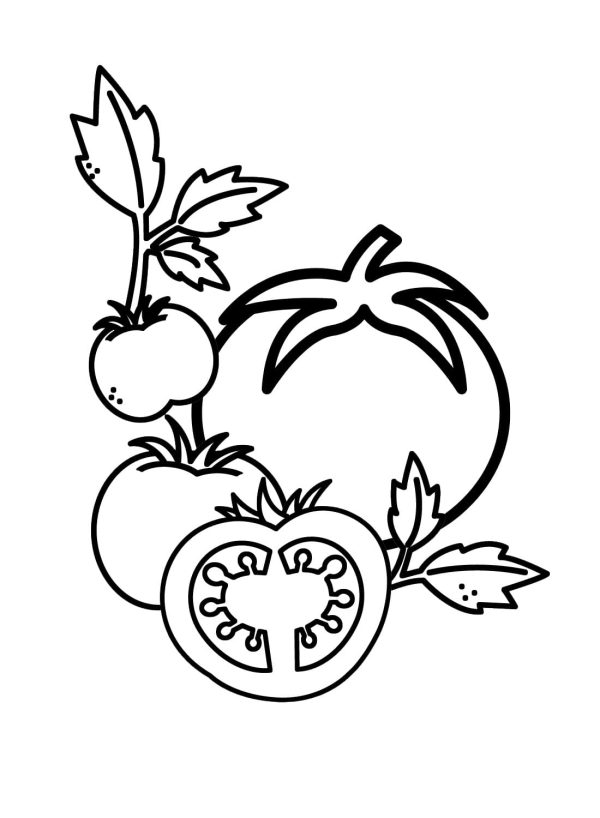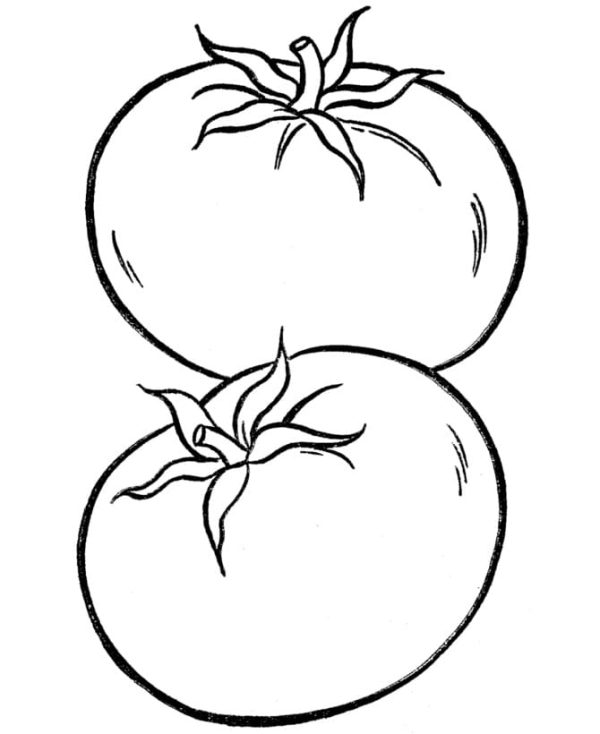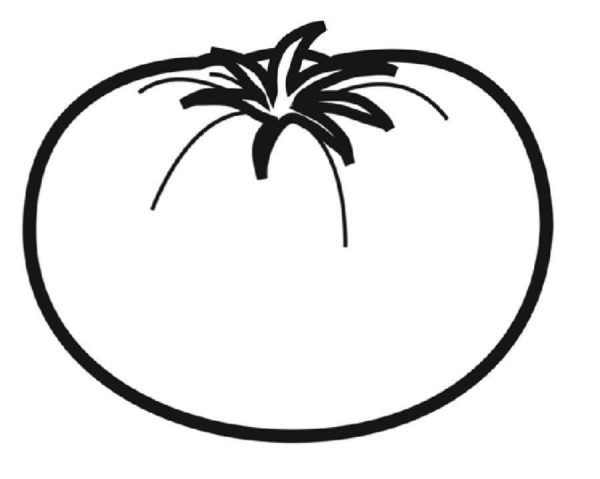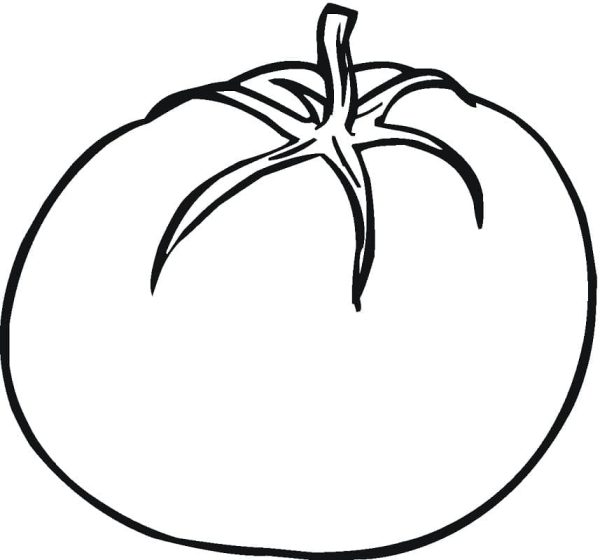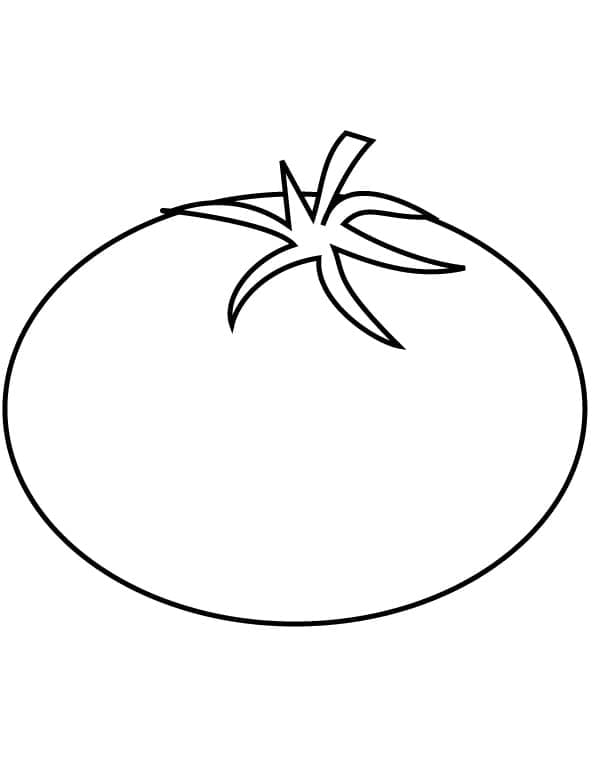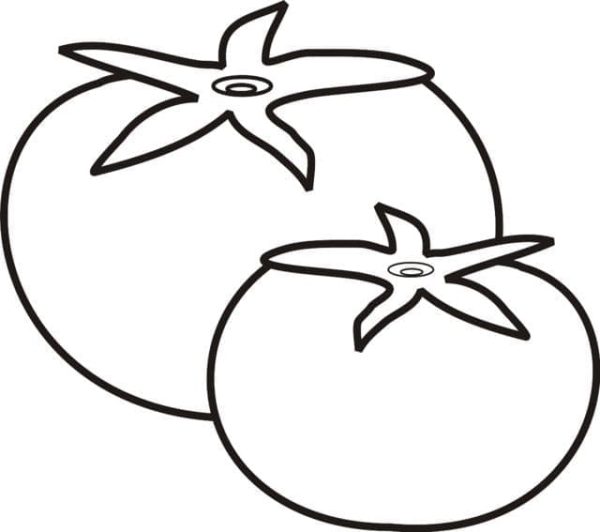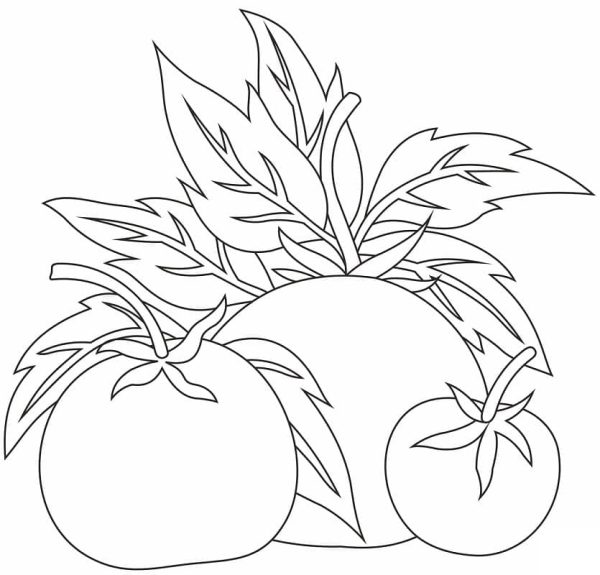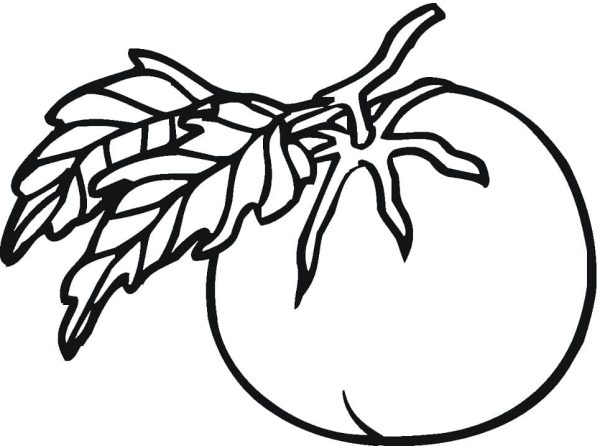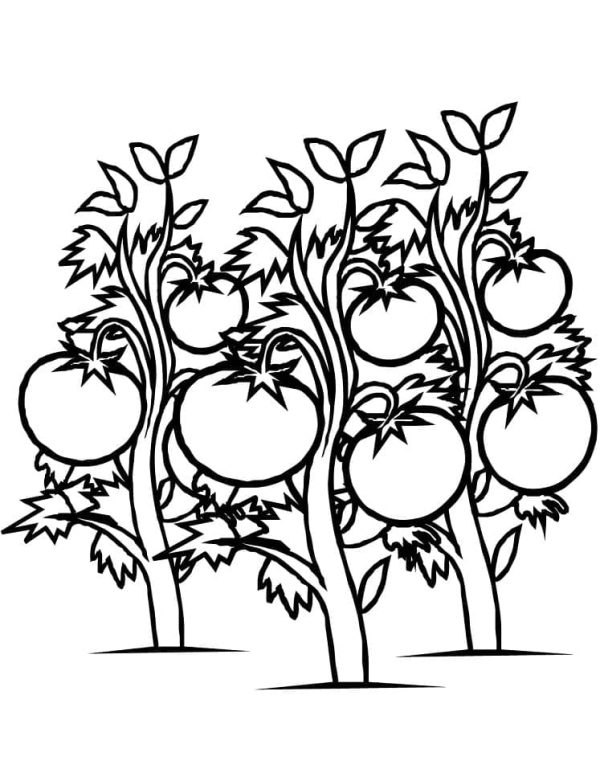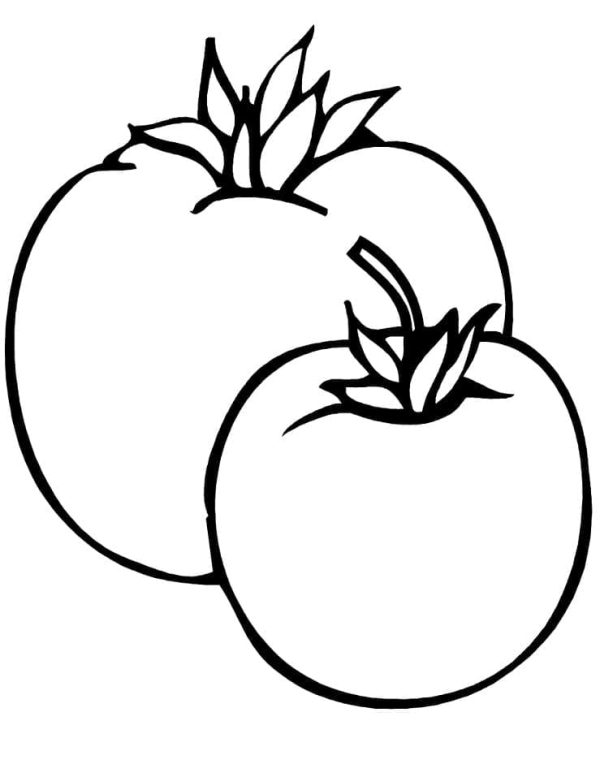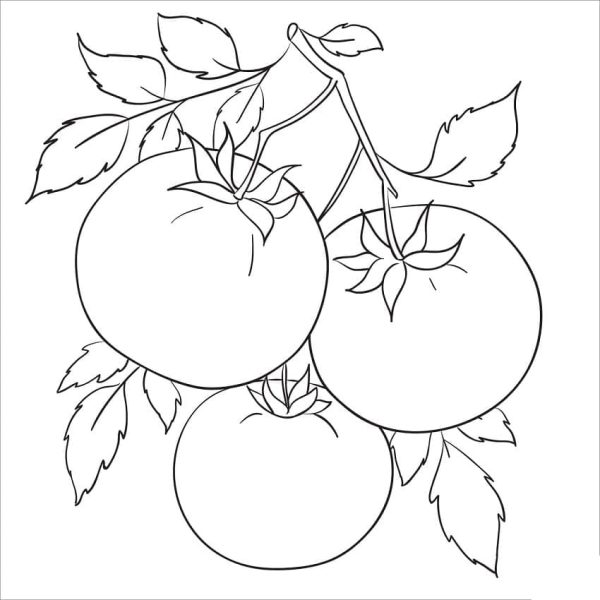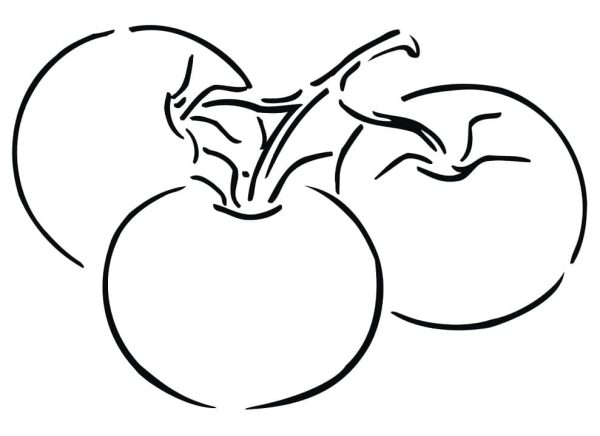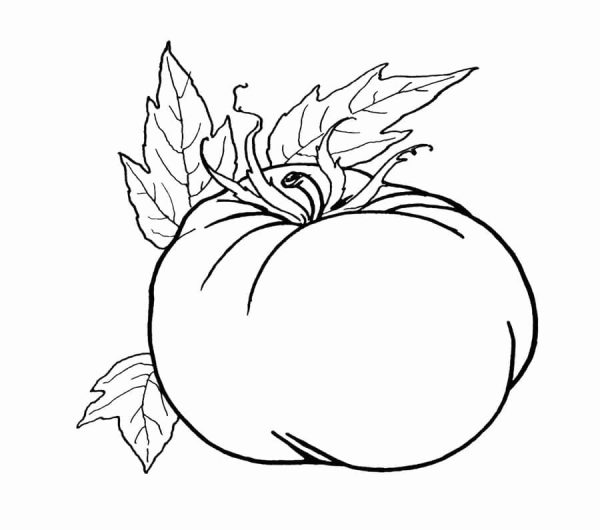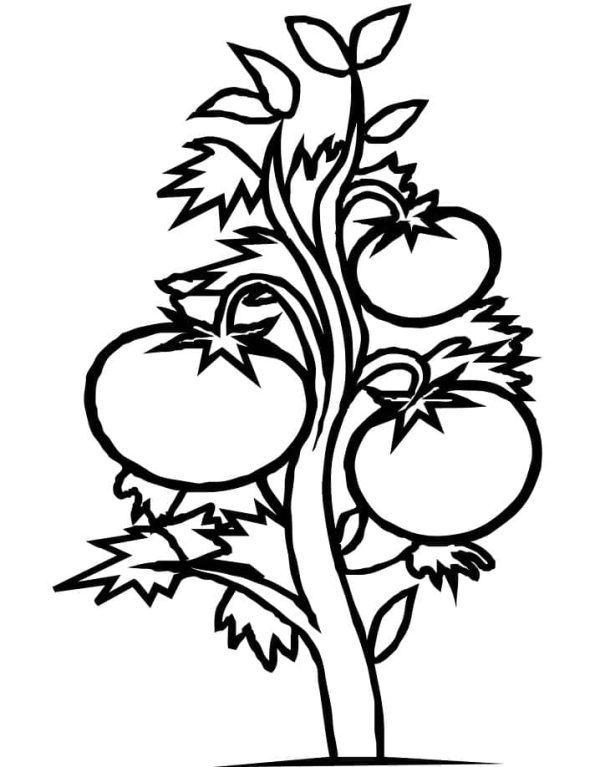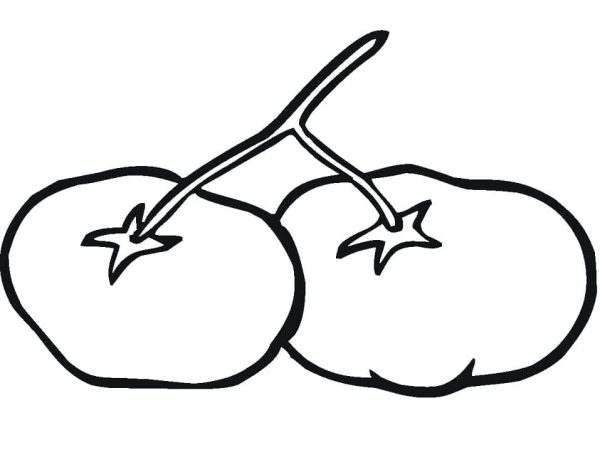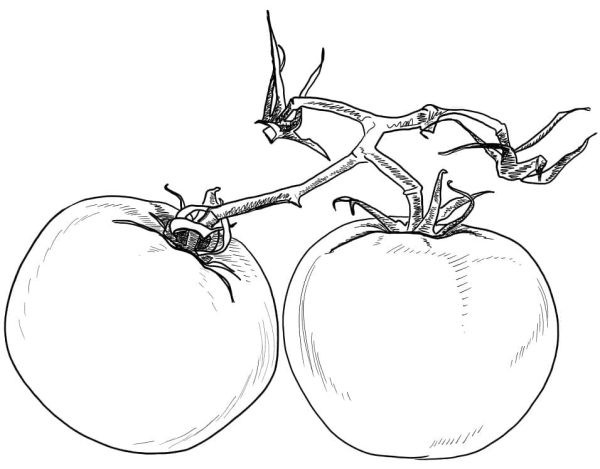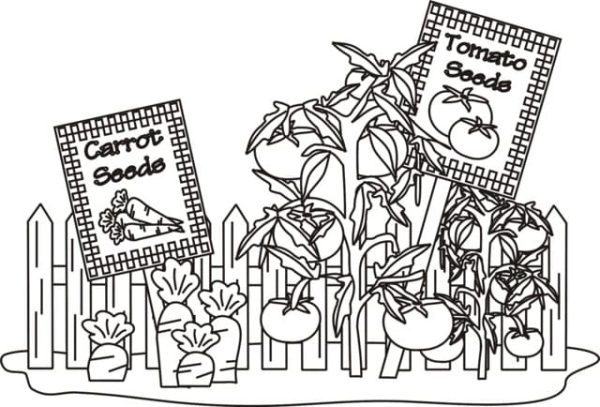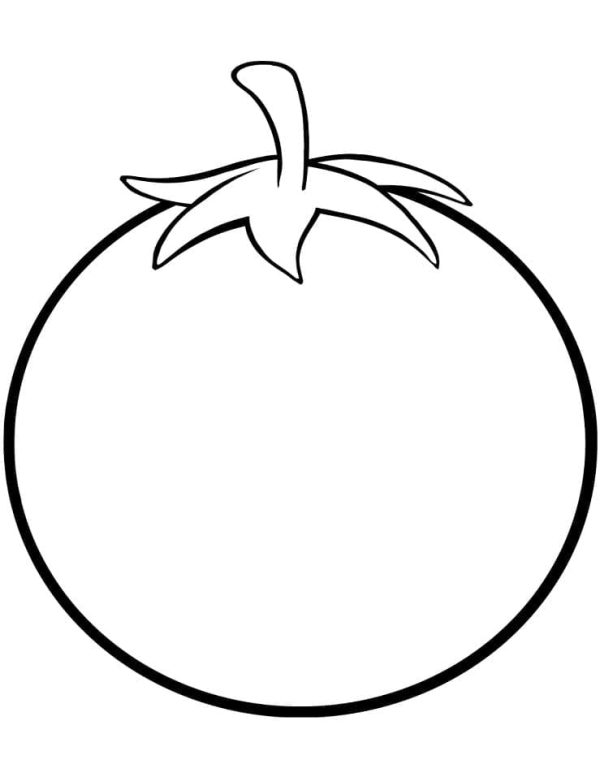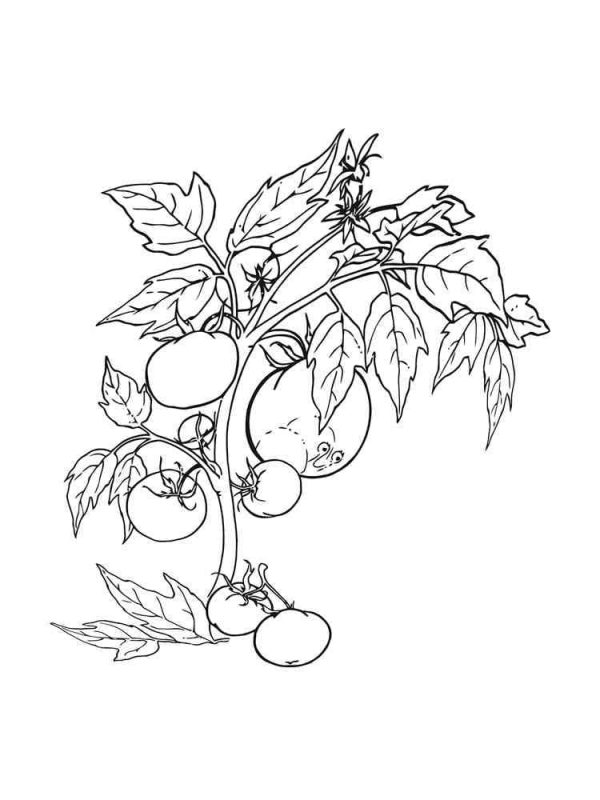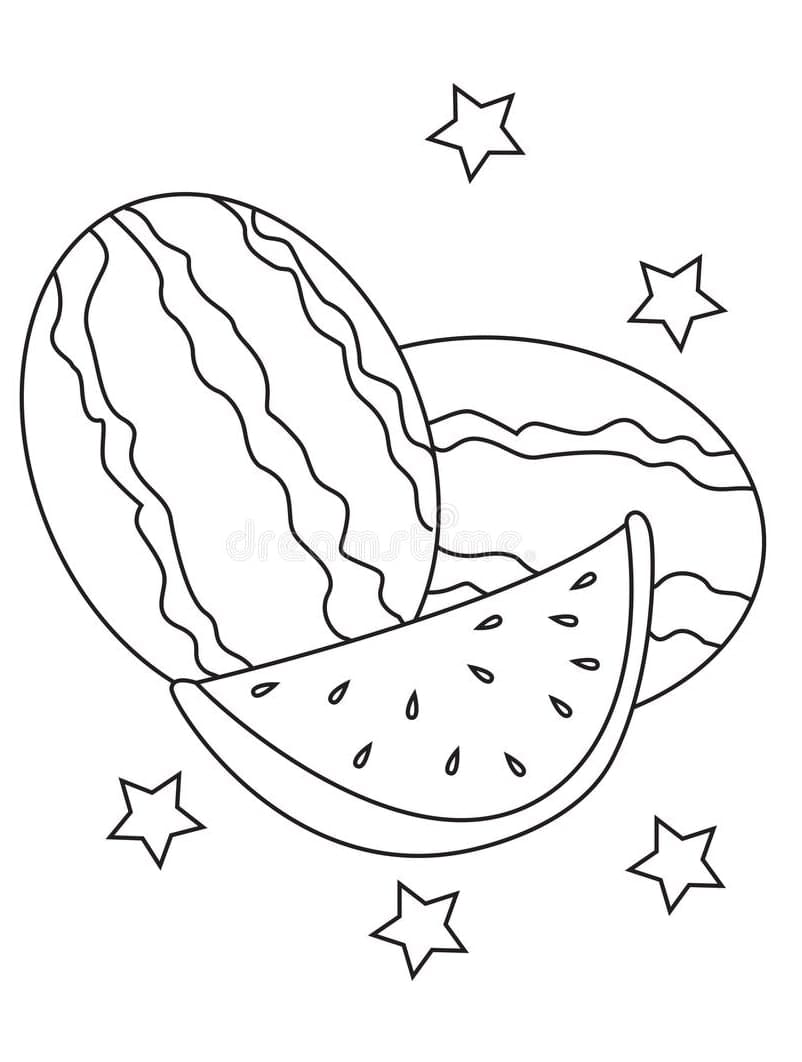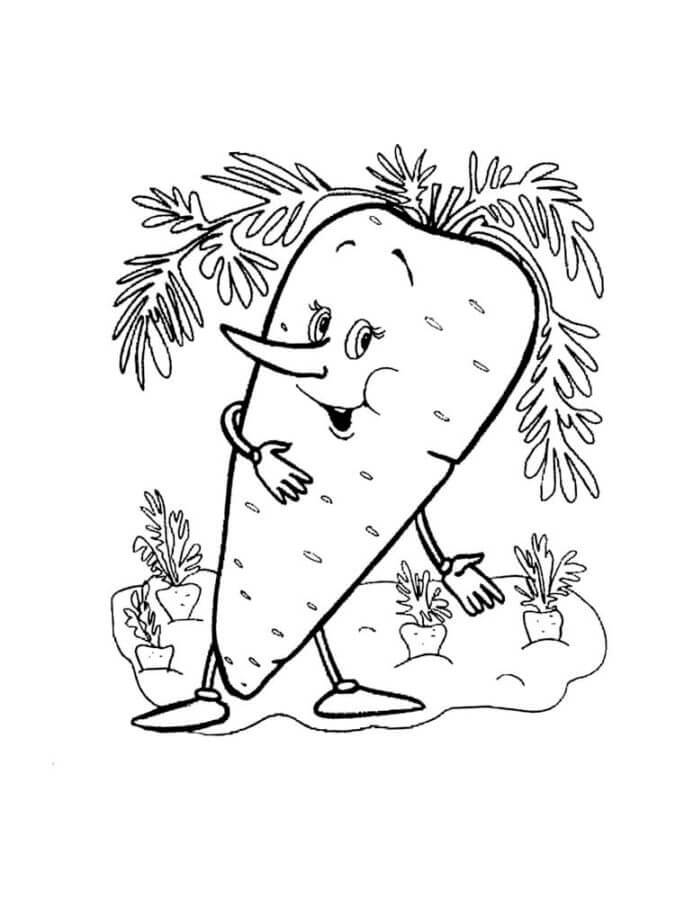Tomato coloring pages refers to the diverse range of hues exhibited by tomatoes, which can vary from deep reds to vibrant oranges and even shades of yellow and green. This natural variation in color is attributed to the presence of pigments such as lycopene, beta-carotene, and chlorophyll. The choice of tomato color can impact not only the visual appeal but also the flavor and nutritional content of the fruit, as different pigments may correlate with varying levels of antioxidants and other beneficial compounds. Understanding tomato coloring pages is essential for both culinary and agricultural purposes, as it can influence consumer preferences, breeding efforts, and the overall appreciation of this versatile fruit.
Tomato Coloring pages: Nature’s Palette Unveiled
Tomatoes, those vibrant, juicy orbs that grace our salads, sauces, and sandwiches, come in a remarkable array of colors beyond the classic red. From luscious yellows to deep purples, tomatoes exhibit a diverse and captivating palette in the world of fruits and vegetables. In this exploration, we delve into the fascinating world of tomato coloring pages, exploring the science behind it, its culinary significance, and the diverse varieties that contribute to this natural artistry.Besides tomato, there are many other fruits that help you have a healthy meal
The Science of Tomato Coloring pages
Coloring pages have long been a beloved pastime for people of all ages, providing not only a creative outlet but also a means to relax and unwind. However, have you ever stopped to consider the science behind the colors you choose for your coloring pages? Let’s delve into the fascinating world of tomato coloring pages and explore the science that makes them so captivating.
Tomatoes, while commonly associated with red, come in a variety of hues, including orange, yellow, green, and even purple. The color of a tomato is a result of its unique biochemical composition. Tomatoes contain pigments called carotenoids, particularly lycopene and beta-carotene. These pigments are responsible for the rich red and orange colors you see in many tomato varieties.
When you pick up a tomato-themed coloring page, your choice of colors can reflect your understanding of these pigments. You might opt for a vibrant red to depict a ripe tomato, or you could experiment with shades of orange and yellow to represent different stages of ripeness. Mixing these colors in various proportions can create visually appealing gradients and shades that mimic the real-life transformation of a tomato from green to ripe.
Furthermore, the science of shading and blending in coloring pages allows you to understand how light interacts with objects, which enhances your artistic skills. By experimenting with different color combinations and techniques, you can create realistic and three-dimensional tomato illustrations that truly pop off the page.
In conclusion, the simple act of coloring tomato-themed pages provides an opportunity to explore the fascinating science of color and pigmentation. It’s a delightful way to appreciate the beauty of tomatoes and develop your artistic skills while immersing yourself in a world of creativity and science. So, grab your coloring materials and let the science of tomato coloring pages inspire your next masterpiece!
Environmental Factors
Tomato coloring pages isn’t solely dependent on genetics; environmental factors also play a significant role. Sunlight, temperature, and soil composition can all influence the development of pigments in tomatoes. For instance, a tomato exposed to more sunlight tends to have a more vibrant red or orange color.
Culinary Significance
Flavor and Texture
Tomato coloring pages goes hand-in-hand with flavor and texture. While the color itself might not dictate taste, it often hints at the stage of ripeness. Red tomatoes are typically ripe and boast a sweet, well-balanced flavor. In contrast, green tomatoes are less sweet and more acidic, making them suitable for pickling or frying.
Culinary Diversity
Tomato coloring pages also adds aesthetic value to our culinary creations. The vibrant shades of tomatoes allow chefs and home cooks to experiment with colors and presentations in salads, sauces, and garnishes. The culinary world celebrates the rich spectrum of tomato colors, incorporating them into dishes for both visual appeal and taste enhancement.
The Rainbow of Tomato Varieties
Red Tomatoes
The classic red tomato, exemplified by varieties like “Roma,” “Beefsteak,” and “Brandywine,” is the most common choice for salads and sandwiches. Their deep red color signifies full ripeness and a well-balanced flavor profile.
Yellow and Orange Tomatoes
Varieties such as “Yellow Pear” and “Sungold” offer a sweet and fruity flavor, making them ideal for fresh salsas and salads. Their vibrant colors add a sunny touch to any dish.
Green Tomatoes
Green tomatoes, like “Green Zebra” and “Aunt Ruby’s German Green,” are tangy and slightly tart. They’re often used in fried green tomato dishes or pickled for a unique flavor profile.
Purple and Black Tomatoes
“Black Krim” and “Cherokee Purple” tomatoes exhibit striking deep purple and black hues. Their unique color pairs with a rich, smoky flavor, making them a favorite for gourmet dishes and heirloom tomato enthusiasts.
Striped and Bi-Color Tomatoes
Tomatoes like “Pineapple” and “Green Zebra” showcase stunning striped or bi-color patterns. These tomatoes are known for their sweet, yet tangy taste and are frequently used for slicing and garnishing.
Cherry and Grape Tomatoes
Cherry and grape tomatoes, whether red, orange, or yellow, are bite-sized bursts of flavor. They’re versatile and often enjoyed in salads, as snacks, or as colorful additions to appetizers.
Cultivating a Colorful Garden
For gardening enthusiasts, growing a colorful assortment of tomatoes can be a rewarding endeavor. Selecting a variety of tomato seeds or seedlings and providing the right environmental conditions can yield a visually stunning and flavorful harvest. Ensuring proper soil pH, adequate sunlight, and consistent watering are key factors in achieving vibrant tomato coloring.
Conclusion
All these beautiful, amazing coloring pages are provided by fantastickidstoys which are great for kids to learn and color.
Tomato coloring is a testament to the remarkable diversity of nature’s palette. From the traditional red to the exotic purple, tomatoes provide a sensory experience that engages our taste buds and pleases our eyes. Understanding the science behind tomato pigments, appreciating their culinary significance, and exploring the vast array of tomato varieties enriches our appreciation of these humble yet extraordinary fruits. So, whether you’re savoring a classic Caprese salad or experimenting with a rainbow of tomato colors in your culinary creations, tomatoes remind us that nature’s artistry is a feast for both the eyes and the palate.



